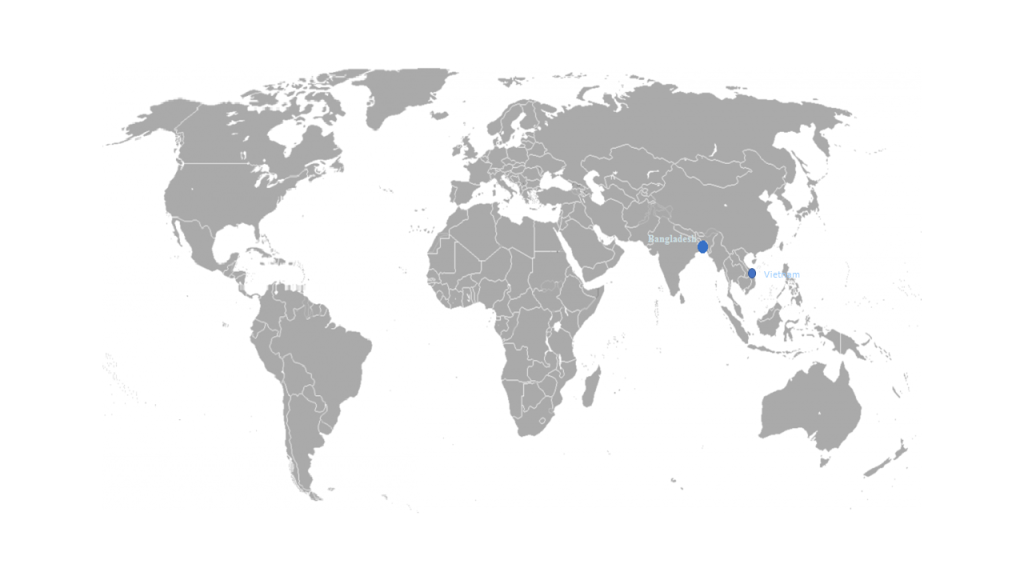About
Working Papers
Publications
Funders
[full_width]
About the Program
Incentivizing effort at work through the use of pay incentives such as performance bonuses and piece rate pay are a common business practices that have been found to increase productivity and product quality in many contexts. The management literature over the past 30 years has measured the impact of incentive pay and pay incentives on productivity and they are considered to be one of the high performance workplace practices (HPWP). A standard view of the literature is that both businesses and workers benefit from incentive pay. Businesses benefit from higher productivity and product quality and workers benefit from higher pay.
However, the structure of pay has been found to affect the social structure within an organization and the choices workers make in trading off the benefits and costs of effort at work. Some of the effects are positive. For example, incentive pay reduces the incidence of verbal abuse; worker effort is incentivized by pay rather than by yelling and derogatory remarks. While, some are negative. For example, workers who receive incentive pay tend to work longer hours and report a poorer balance between work and life.
Our theory is that the adverse effects of incentive pay arise in organizations in which workers have been dehumanized and objectified by supervisors and managers, managers are not accurately processing information about the relationship between their business choices and firm outcomes, the organization lacks a system of accountability for the decisions and behaviors of supervisors that affect the wellbeing of workers and the human resources manager fails to effectively communicate how pay is calculated to workers.
In this study, we will identify a population of 12 Vietnamese and 12 Bangladeshi apparel factories that have made the decision to introduce pay incentives. The objective of the study is to provide training to factory managers that (1) rehumanizes workers in the minds of managers and reduces objectification, (2) helps factories develop accountability systems that regulate inappropriate social interactions between supervisors and workers, (3) develops incentive systems that are not coercive or lead workers to exert more effort than is personally optimal, (4) teach HR managers the importance of strategies to achieve clear communication concerning the factory’s pay practices and (5) help workers, supervisors and managers characterize appropriate and inappropriate social interactions at work.
Participating factories will be randomly assigned to one of two treatment cohorts. We will test the proposition that incentive pay introduced within the context of a workforce that is not dehumanized and objectified, supervisors are subject to accountability for their decisions concerning workers, pay calculations are clearly communicated to workers and the power of incentives is set so as not to be coercive will have positive benefits for workers in increased pay, reduced verbal abuse, no increase in sexual harassment, no increase in accidents and injuries, no increase in work hours, increased job satisfaction, increased life satisfaction, increased internal locus of control, reduced perceptions of dehumanization and objectification, reduced work stress, improved workplace communication and problem solving and no adverse effects on work-life balance.
Working Papers
Forthcoming.
Publications
Forthcoming.
Funders
Walmart Foundation
[/full_width]
